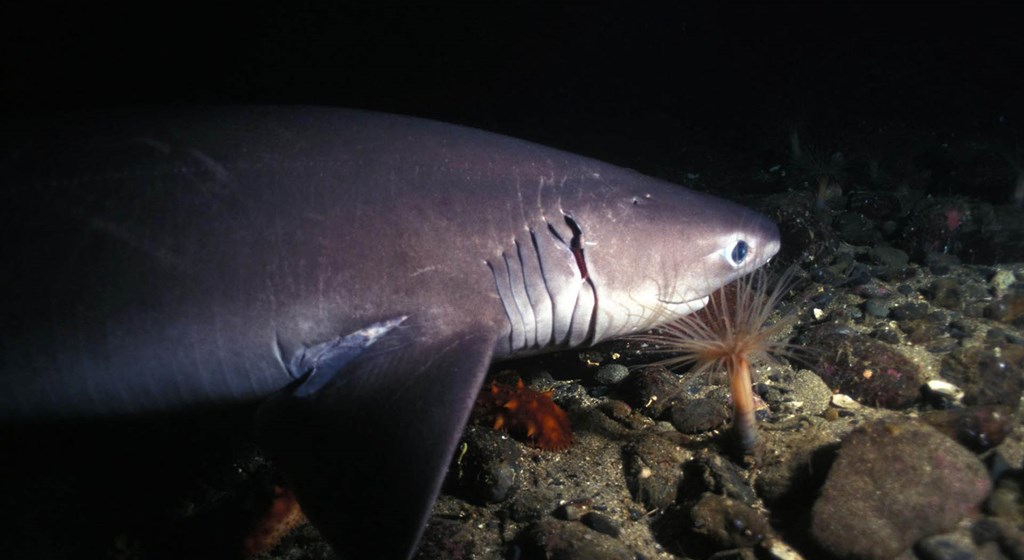Accessing the deep seafloor is no small feat. Nations, institutions, contractors, and corporations make major capital investment into the tools and machines needed to explore and, ultimately, exploit the deep ocean. The enormous costs involved in deploying even basic equipment in 6000 meters of water has been among the biggest limiting factors in the development of deep-sea mining prospects and the hardest barrier for researchers studying the abyssal oceans.
As deep-sea mining approaches commercial viability, new low-cost tools are emerging that make exploration and research in the deep ocean financially accessible for a new generation of deep-sea stakeholders.
Kolossal is a California-based non-profit committed to making exploration and conservation accessible to a wider pool of stakeholders. Their keystone project is the search for the Colossal Squid, an animal that has never been observer in its natural environment. To accomplish this, Kolossal is developing an innovative deep-sea research platform, the Autonomous Camera for Kraken Baiting and Recording. ACKBAR is a camera trap designed to operate in the deep-sea using both conventional and virtual reality camera systems. This toolkit-style platform is easy to ship, easy to deploy, easy to use, and among the lowest cost platforms for recording virtual reality video.
The National Geographic Society is getting into the deep-sea technology game. The Society’s new Deep Ocean Dropcam, developed by engineer Alan Turchik and others, has been put through its paces in Kiribati, Hawaii, and, of course, off the coast of Trinidad and Tobago on an expedition led by Dr. Diva Amon. The Deep Ocean Dropcam has been tested on hundreds of deployments and proven itself a reliable platform for observing the deep sea for a price that come sin around $10,000 USD.
Other tools are just over the horizon. VideoRay, the venerable ROV builder, has been teasing a Mission Specialist ROV with full ocean capabilities.
As new technologies become more capable and affordable, the deep-sea mining community should remain vigilant, keeping an eye towards the horizon for new tools to reduce the cost and accessibility of monitoring efforts as well as potential conflicts as more stakeholders enter the deep-sea.

